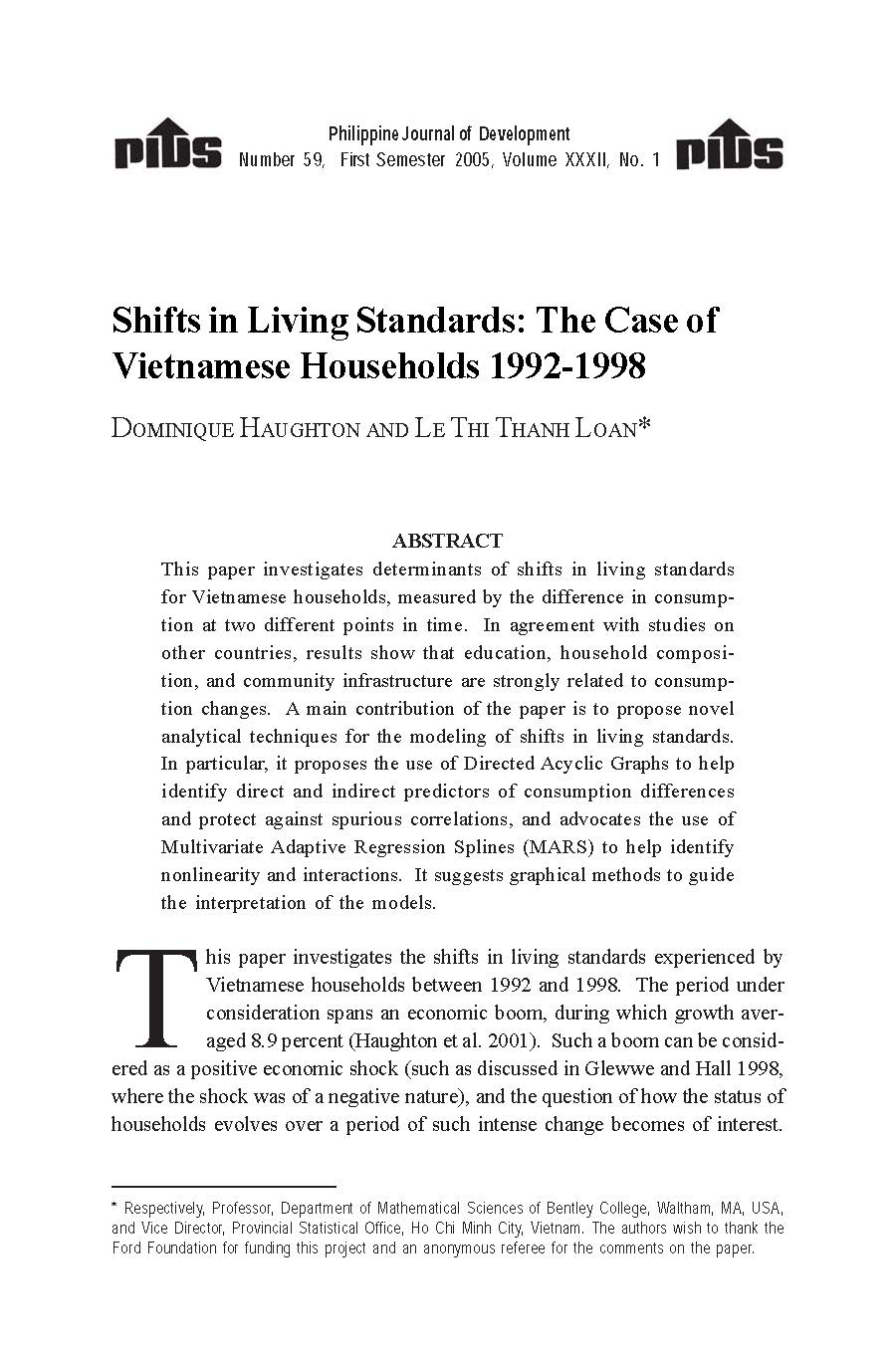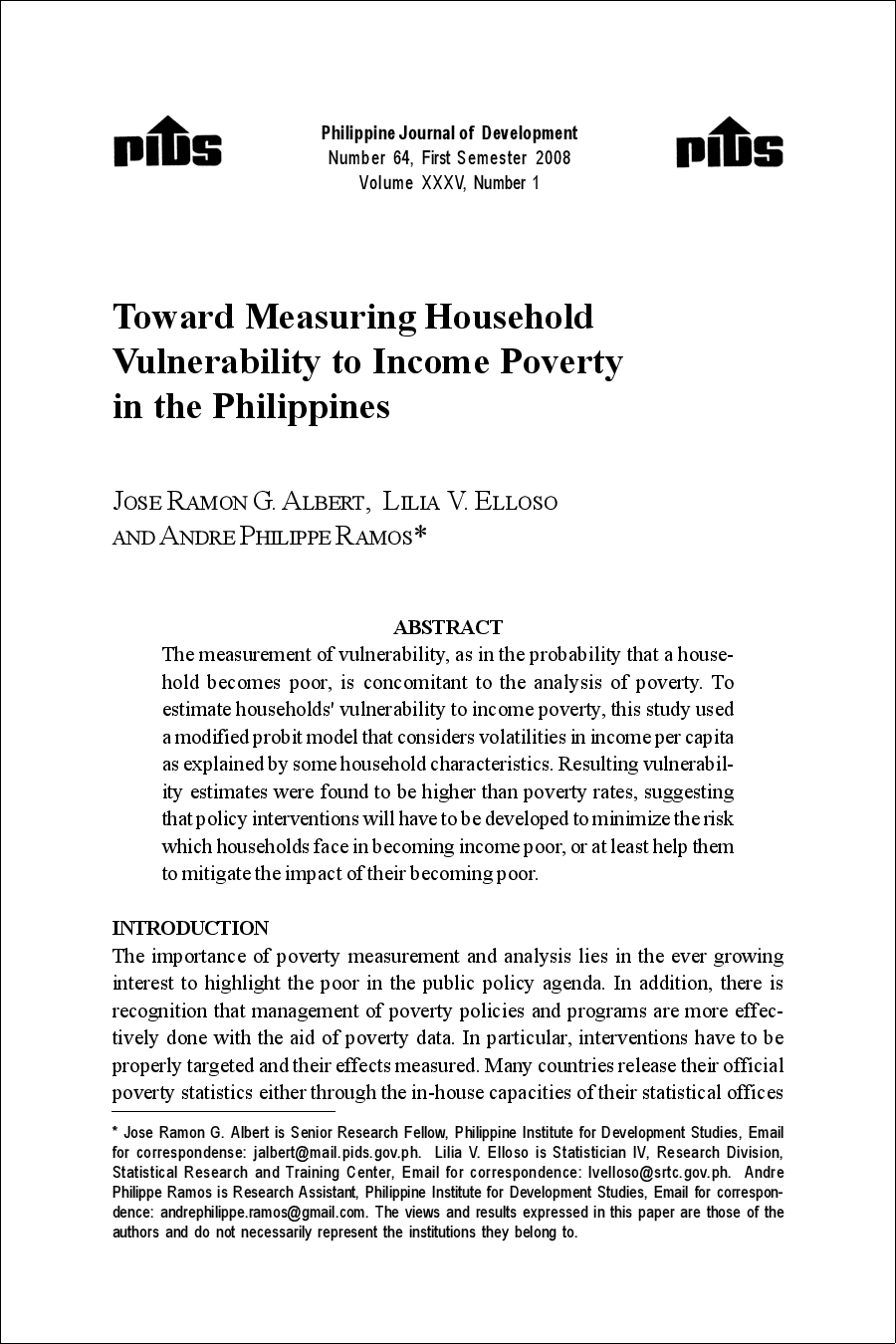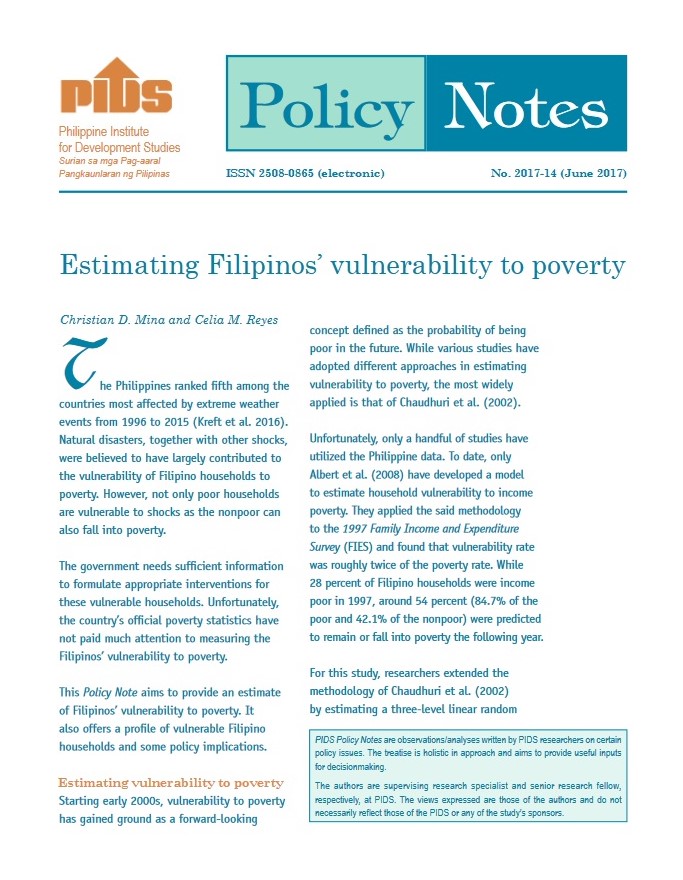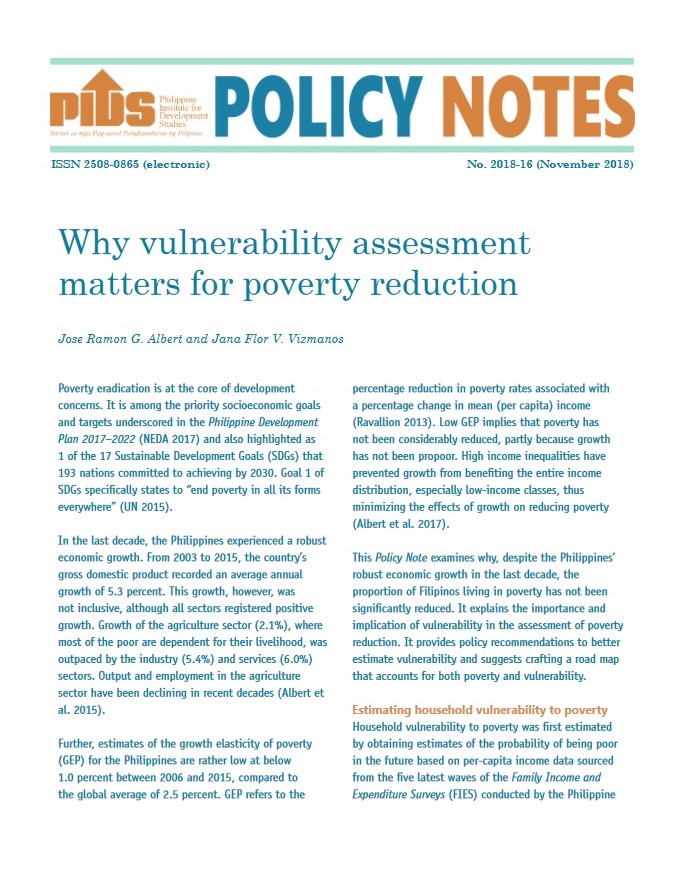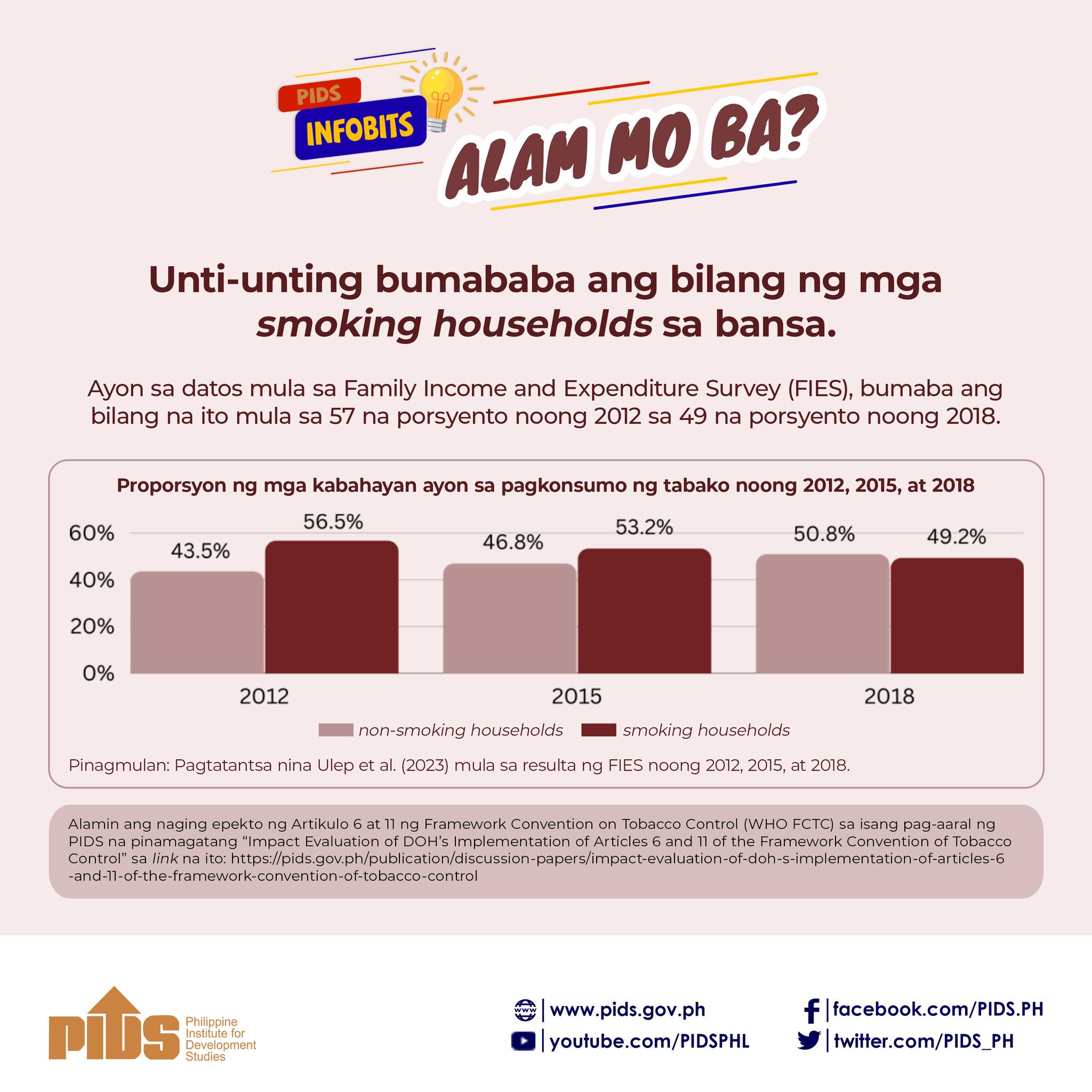This paper investigates determinants of shifts in living standards for Vietnamese households, measured by the difference in consumption at two different points in time. In agreement with studies on other countries, results show that education, household composition, and community infrastructure are strongly related to consumption changes. A main contribution of the paper is to propose novel analytical techniques for the modeling of shifts in living standards. In particular, it proposes the use of Directed Acyclic Graphs to help identify direct and indirect predictors of consumption differences and protect against spurious correlations, and advocates the use of Multivariate Adaptive Regression Splines (MARS) to help identify nonlinearity and interactions. It suggests graphical methods to guide the interpretation of the models.

